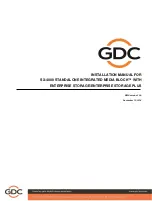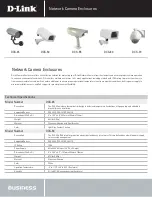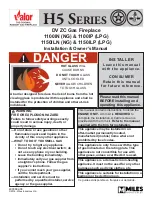
TK 61555-2-MM-EN
79
3. Cover at least three quarters of the condenser grille to drive any excess refrigerant from the
condenser coil into the receiver tank. For SLXi, it is located on the side of the unit, above the
control panel.
4. As the head pressure is rising, check the receiver tank sight glass.
5. The ball in the sight glass should be floating. If there is no indication of refrigerant in the sight
glass, the unit is low on refrigerant. For SLXi, open doors to view the sight glass and close
again
6. Under these conditions, refrigerant should be visible in the receiver tank sight glass. If
refrigerant is not visible in the receiver tank sight glass, the unit is low on refrigerant.
N
No
otte
e:: If the ball floats, there is sufficient refrigerant in the unit for that load at that particular
compartment temperature. This test does not determine if the unit contains a full
charge of refrigerant.
Testing for an Overcharge
Use the following procedure to identify a Thermo King unit with an excessive refrigerant charge:
1. Install a calibrated gauge manifold on the compressor.
2. Operate the host unit in high speed with all zones in cool long enough to stabilize system
pressures and reduce the compartment temperatures to approximately 16 C (60 F)or colder.
3. Observe discharge pressure and cover the condenser to increase the discharge pressure
approximately 75 to 100 psig (5.0 to 6.9 bar) above observed pressure. For SLXi, it is located
on the side of the unit, above the control panel.
N
No
otte
e:: If the liquid level in the receiver sight glass drops during step 3, the unit is not
overcharged and it is not necessary to complete the rest of the procedure.
4. Remove the condenser cover to rapidly reduce discharge pressure.
5. Observe the receiver tank sight glass and the unit discharge pressure.
6. By the time the discharge pressure drops approximately 50 psig (3.45 bar), the liquid level in
the receiver tank should drop.
a. When the discharge pressure stabilizes, the ball and liquid level will rise to the previous
level.
b. If the liquid level will not drop, the unit most likely has an overcharge of refrigerant. The
refrigerant level should be adjusted.
T
To
o rre
em
mo
ov
ve
e rre
effrriig
ge
erra
an
ntt::
1. Connect and purge/evacuate a gauge manifold set to the receiver tank outlet valve and an
approved sealed container.
2. Operate the unit in high speed COOL .
3. Use a gauge manifold set from step 1 to pump refrigerant from the receiver tank into the
approved sealed container.
4. When the liquid level begins to decline in the receiver tank sight glass (bottom sight glass on
two sight glass receiver tank), close the hand valve on the gauge manifold immediately.
Allow the new liquid level in the sight glass to stabilise (1 to 2 minutes).
•
If the refrigerant level is still high, repeat steps 2 through 4.
•
If the refrigerant level is now low, add refrigerant to the unit (see below).
•
If the refrigerant level is ok, perform a complete refrigerant level check and repeat the
overcharge test.
5. Always recover remaining refrigerant from the hoses before disconnecting the gauge
manifold set from the unit.
6. Repeat the overcharge test.
T
To
o a
ad
dd
d rre
effrriig
ge
erra
an
ntt::
1. Connect and purge/evacuate a gauge manifold set to a refrigerant bottle and the suction
service valve.
















































